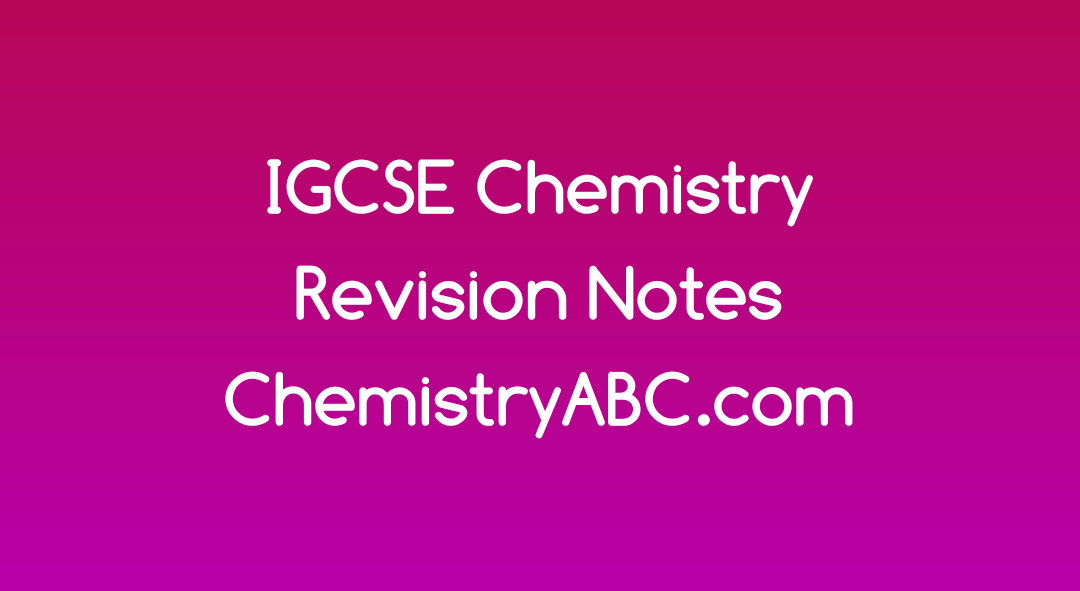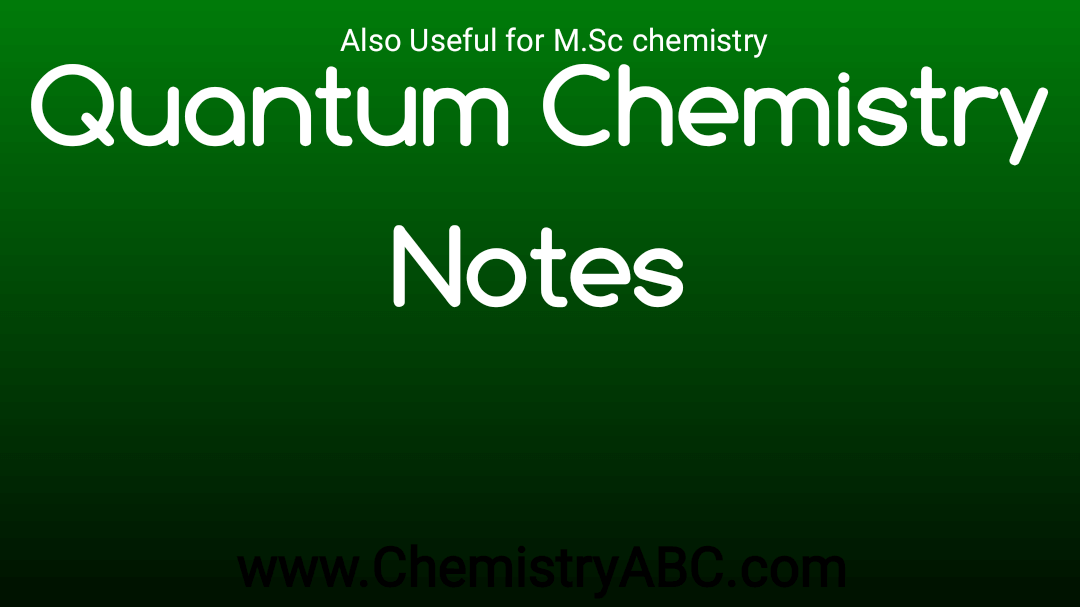Time, Temperature, Mass & Volume
Time
- Time can be measured using a stopwatch or stopclock which are usually accurate to one or two decimal places
- The units of time normally used are seconds or minutes although other units may be used for extremely slow reactions (e.g. rusting)
- 1 minute = 60 seconds
Temperature
- Temperature is measured with a thermometer which can normally give readings to the nearest degree Celsius
- Digital thermometers are available which are more precise than traditional thermometers
- Traditional thermometers rely upon the uniform expansion and contraction of a liquid substance with temperature; they tend to be more accurate than digital thermometers which often need to be re-calibrated
- The units of temperature are degrees Celsius (ºC)
Mass
- Mass is measured using a digital balance which normally give readings to two decimal places. These must be tared (set to zero) before use
- The standard unit of mass is kilograms (kg) but in chemistry grams (g) are most often used
- 1 kilogram = 1000 grams
Volume-liquids
- The volume of a liquid can be determined using several types of apparatus, depending on the level of accuracy needed
- For approximate volumes where accuracy isn´t an important factor, measuring cylinders are used. These are graduated (have a scale so can be used to measure) and are available in 25 cm3, 50 cm3, 100 cm3 and 250 cm3
- Pipettes are the most accurate way of measuring a fixed volume of liquid, usually 10 cm3 or 25 cm3
- Burettes are the most accurate way of measuring a variable volume of liquid between 0 cm3 and 50 cm3 (e.g. in a titration)
Volume-gases
- The volume of a gas sometimes needs to be measured and is done by collecting it in a graduated measuring apparatus
- A gas syringe is usually the apparatus used
- A graduated cylinder inverted in water may also be used, provided the gas isn’t water-soluble
- If the gas happens to be heavier than air and is colored, the cylinder can be used upright
Paper Chromatography
- This technique is used to separate substances that have different solubilities in a given solvent (e.g. different coloured inks that have been mixed to make black ink)
- A pencil line is drawn on chromatography paper and spots of the sample are placed on it. Pencil is used for this as ink would run into the chromatogram along with the samples
- The paper is then lowered into the solvent container, making sure that the pencil line sits above the level of the solvent so the samples don´t wash into the solvent container
- The solvent travels up the paper by capillary action, taking some of the coloured substances with it
- Different substances have different solubilities so will travel at different rates, causing the substances to spread apart. Those substances with higher solubility will travel further than the others
- This will show the different components of the ink / dye
Interpret Simple Chromatograms
- If two or more substances are the same, they will produce identical chromatograms
- If the substance is a mixture, it will separate on the paper to show all the different components as separate spots
- An impure substance will show up with more than one spot, a pure substance should only show up with one spot
Assessing Purity
- Pure substances melt and boil at specific and sharp temperatures. Eg water has a boiling point of 100°C and a melting point of 0°C
- Mixtures have a range of melting and boiling points as they consist of different substances that melt or boil at different temperatures
- Melting and boiling points data can therefore be used to distinguish pure substances from mixtures
- An unknown pure substance can be identified by experimentally determining its m.p and b.p and comparing to data tables
- Mixtures melt over a range of temperatures as they contain two or more substances
Importance of Purity
- A pure substance consists of only one substance and contains nothing else.
- To have a pure substance for food and drugs is very important as impurities could be dangerous even in small amounts
- Melting and boiling point analysis is routinely used to assess the purity of food and drugs
- For example, if a sample of water melts at exactly 0°C and boils at exactly 100°C then the water is pure
- If the melting and boiling points of the water aren’t these exact values then the water must be impure and contain other substances i.e. it must be a mixture
Retention Factor (Rf) Values
- These values are used to identify the components of mixtures
- The Rf value of a particular compound is always the same
- Calculating the Rf value allows chemists to identify unknown substances because it can be compared with Rf values of known substances under the same conditions
Calculation
- Retention factor = distance moved by compound ÷ distance moved by solvent
- The Rf value is a ratio and therefore has no units
Locating Agents
- For chromatography to be useful the chemist needs to be able to see the components move up the paper, which is not the case for invisible samples such as proteins
- Locating agents are substances which react with the sample and produce a coloured product which is then visible
- The chromatogram is treated with the agent after the chromatography run has been carried out, making the sample runs visible to the naked eye
Methods of Purification
The choice of the method of separation depends on the nature of the substances being separated. All methods rely on there being a difference of some sort, usually in a physical property such as b.p., between the substances being separated.Mixtures of solids
- Differences in density, magnetic properties, sublimation and solubility can be used
- For a difference in solubility, a suitable solvent must be chosen to ensure the desired substance only dissolves in it and not other substances or impurities
Mixtures of liquids
- Immiscible liquids can be separated using a separating funnel or by decanting (pouring carefully)
- Examples include when an organic product is formed in aqueous conditions
- FiltrationUsed to separate an undissolved solid from a mixture of the solid and a liquid / solution ( e.g. sand from a mixture of sand and water). Centrifugation can also be used for this mixture
- Filter paper is placed in a filter funnel above another beaker
- Mixture of insoluble solid and liquid is poured into the filter funnel
- Filter paper will only allow small liquid particles to pass through as the filtrate
- Solid particles are too large to pass through the filter paper so will stay behind as a residue
Crystallisation
- Used to separate a dissolved solid from a solution, when the solid is much more soluble in hot solvent than in cold (e.g. copper sulphate from a solution of copper (II) sulphate in water)
- The solution is heated, allowing the solvent to evaporate to leave a saturated solution behind
- Test if the solution is saturated by dipping a clean, dry, cold glass rod into the solution. If the solution is saturated, crystals will form on the glass rod
- The saturated solution is allowed to cool slowly and solids will come out of the solution as the solubility decreases, and crystals will grow
- Crystals are collected by filtering the solution
- They are then washed with cold, distilled water to remove impurities and allowed to dry
Simple Distillation
- Used to separate a liquid and soluble solid from a solution (e.g. water from a solution of saltwater) or a pure liquid from a mixture of liquids
- The solution is heated and pure water evaporates producing a vapour which rises through the neck of the round-bottomed flask
- The vapour passes through the condenser, where it cools and condenses, turning into pure liquid H2O which is collected in a beaker
- After all the water is evaporated from the solution, only the solid solute will be left behind
- Fractional distillationUsed to separate two or more liquids that are miscible with one another (e.g. ethanol and water from a mixture of the two)
- The solution is heated to the temperature of the substance with the lowest boiling point
- This substance will rise and evaporate first, and vapours will pass through a condenser, where they cool and condense, turning into a liquid that will be collected in a beaker
- All of the substance is evaporated and collected, leaving behind the other components(s) of the mixture
- For water and ethanol: ethanol has a boiling point of 78 ºC and water of 100 ºC. The mixture is heated until it reaches 78 ºC, at which point the ethanol boils and distils out of the mixture and condenses into the beaker
- When the temperature starts to increase to 100 ºC heating should be stopped. Water and ethanol are now separated




